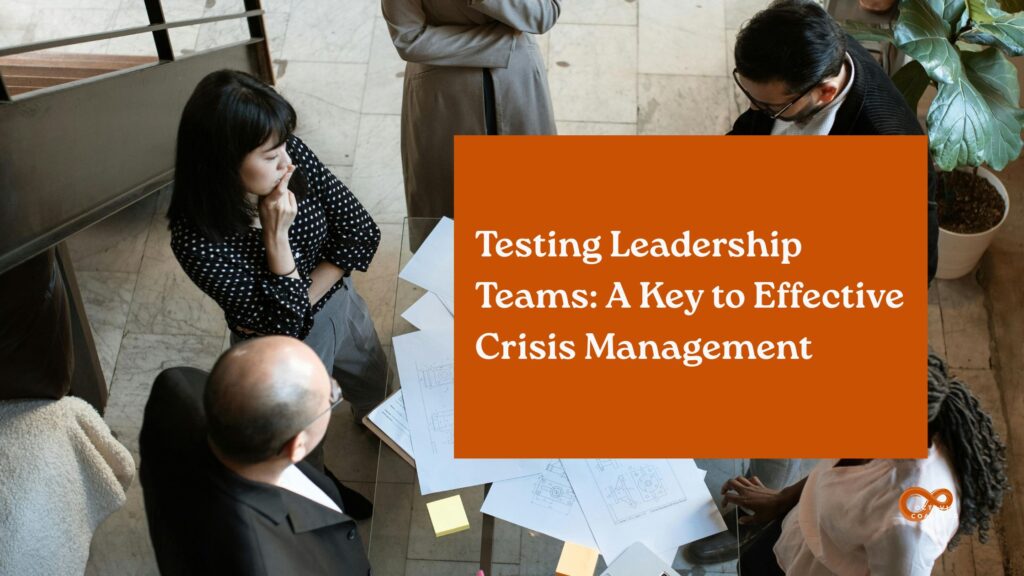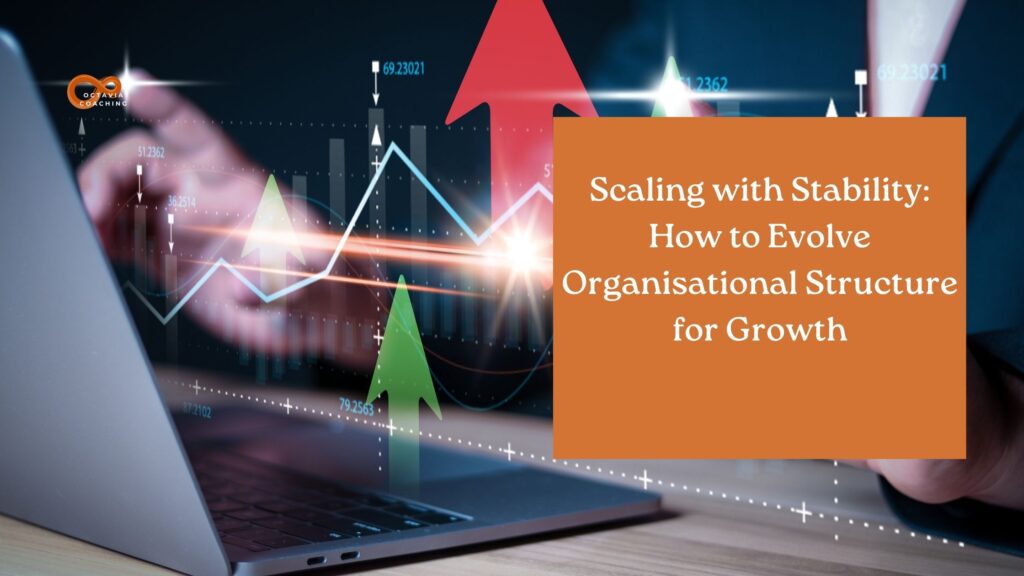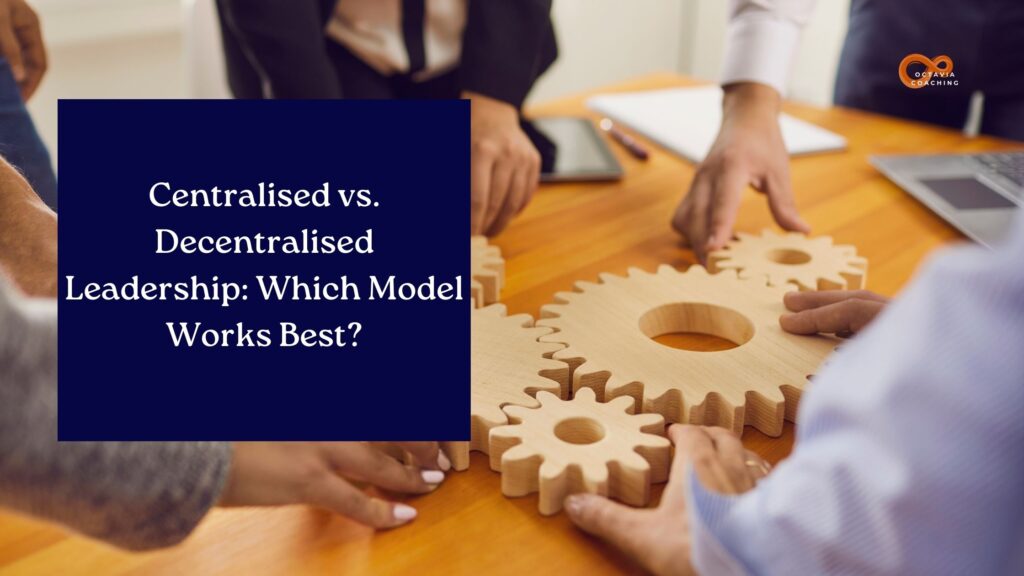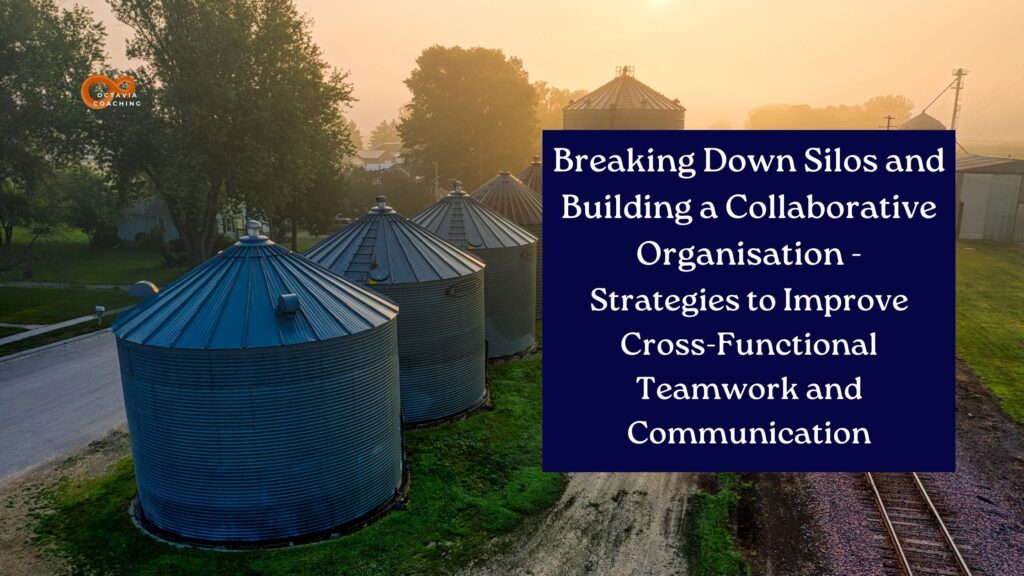Testing Leadership Teams: A Key to Effective Crisis Management
Introduction In a period characterised by geopolitical uncertainty, trade wars, environmental crises, and shifting economic landscapes, organisations are constantly facing challenges that require swift, effective leadership. From the ongoing conflicts to supply chain disruptions and tariff wars, leadership teams are being tested in ways that were unimaginable a few years ago. Today’s leaders are tasked […]
Testing Leadership Teams: A Key to Effective Crisis Management Read More »










